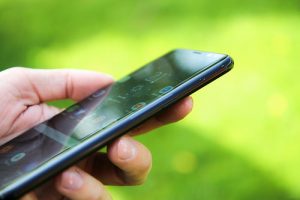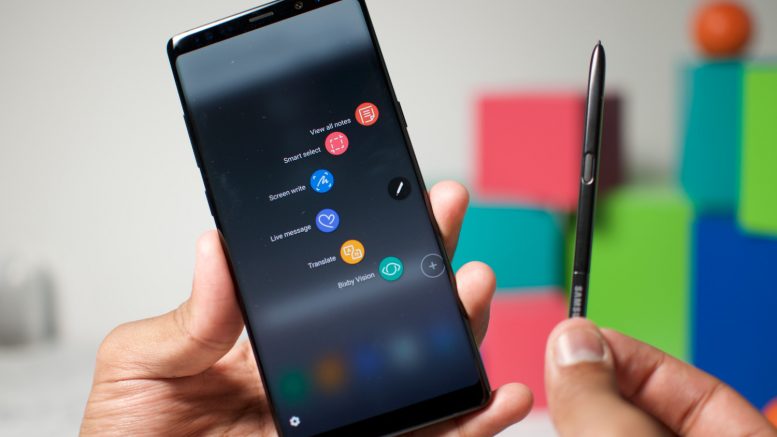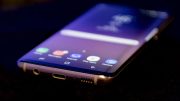Modern smartphone cameras have become so powerful that they’re increasingly replacing the idea of the traditional dedicated digital SLR. For ease and convenience, a smartphone is an accessory you may have on hand more often, but how do the two compare for pure performance? When the Samsung Galaxy S8 and digital SLR cameras have a showdown, the results are fascinating.
Saturation

The smartphone camera on the Samsung Galaxy S8 offers ample saturation. So much so, in fact, that photographers may feel it’s a bit too much. If you’re interested in capturing a scene just as it looks to you in a particular moment, this camera probably won’t offer the realism that you can get with a digital SLR. However, if you’re a fan of deep, rich colors in photos that positively pop, you may find the generous saturation a plus.
This tendency comes down to preference. If you’re after vivid colors, the Galaxy S8 camera has just what you want. It’s also a solid choice for scenes with flat light, where you desperately need to pull out the colors. Keep in mind, also, that editing apps may also help to solve some saturation issues for you. It’s simply something that you’ll need to address in your finished photos.
Megapixels
Any time you’re comparing cameras, you’re going to come across the discussion of megapixels. This has become the standard by which products are measured, yet it’s not always an accurate representation of their capabilities.
Most people assume that more megapixels are better, but this is only true to a certain extent. If you’re printing a photo on a grand scale, you’ll want as many pixels as possible. However, if you’re downsizing it for social sharing or small prints, you may lose pixels that were crammed in with a camera offering high MP. These are dropped out haphazardly and may impact the overall quality of the finished photo.
The Samsung Galaxy S8 offers 12 MP on the rear camera and 8 MP on the front camera. This is more than adequate for social media photos and moderate-sized prints. A DSLR only has a real edge if you’re planning to print poster-sized photos or create other complex projects with your finished results.
Onboard Software
Onboard software varies by product, but this is an area where smartphones tend to come out ahead. The Samsung Galaxy S8 offers built-in features like Bixby which will automatically identify landmarks or translate foreign languages. Move up to the slightly larger Samsung Galaxy Note 8 on a reliable network like T-Mobile, and you’ll get even more editing power thanks to the detailed strokes of the S Pen. This doesn’t take into the account the wealth of apps that you can download for additional editing tools. If you want to tweak your photos on the same device that snapped them, a smartphone like the Galaxy S8 is a simpler option than a digital SLR.
Connectivity
WiFi enabled DSLR cameras are available which can ultimately provide much of the connectivity that you get with a smartphone. However, setting these up to work efficiently with social sharing isn’t nearly as simple and streamlined. With a smartphone and reliable provider, you can post, text, and share photos quickly and easily via a variety of apps.
Sharpness
The S8 camera excels at sharpening images. It will pull out the details beautifully, from the fine variations in a flower’s petal to the fluffy texture of your cat. However, it often does this to the detriment of something else. As mentioned previously, oversaturation is a common problem with the Galaxy S8 camera. Excessive contrast may come into play as well, giving you dark spots where you were hoping for a more delicate variance. These are quirks you’ll want to learn to compensate for when you’re relying on your smartphone camera.
Comparing the Samsung Galaxy S8 to a digital SLR highlights many of the outstanding photo features that you can get with this phone. While there are areas you’ll need to compensate for in your photography, the right apps can give you professional quality photos from the convenience of a phone.




Be the first to comment on "5 Ways the Samsung Galaxy S8 Compares to a Digital SLR"